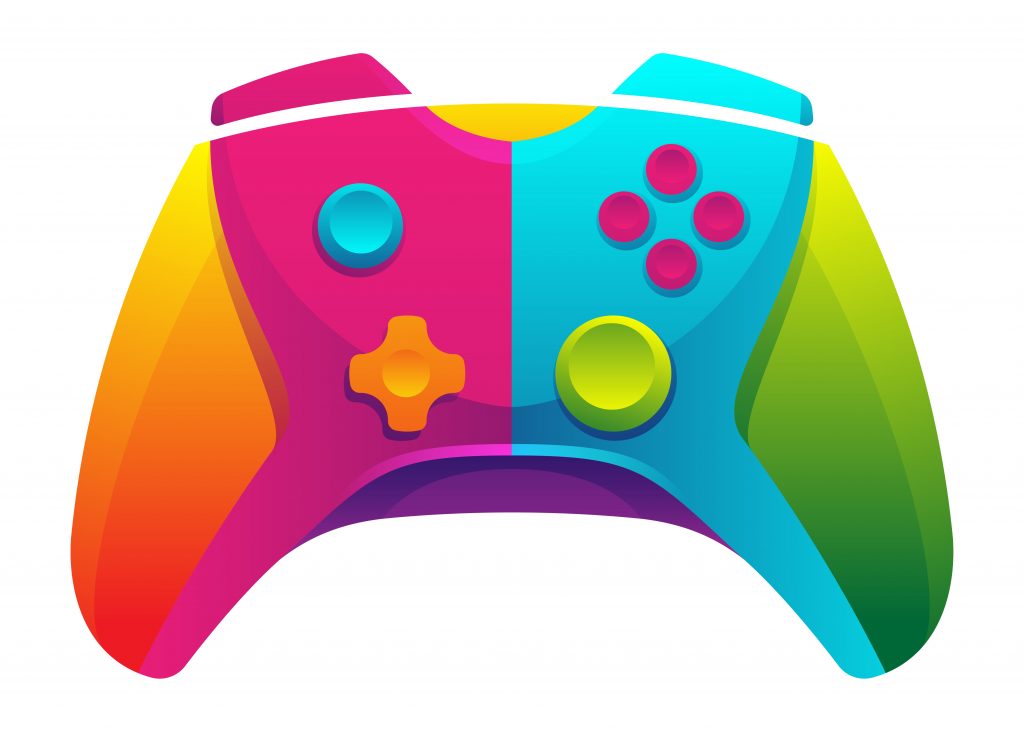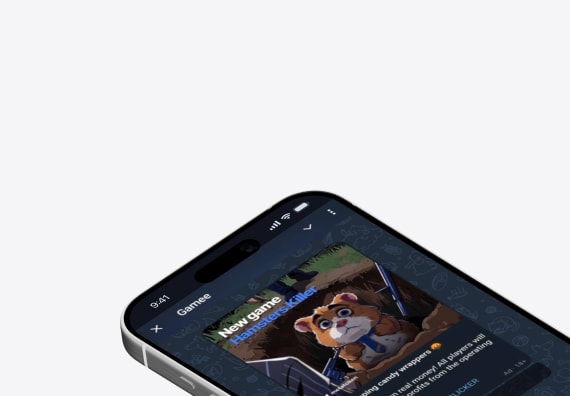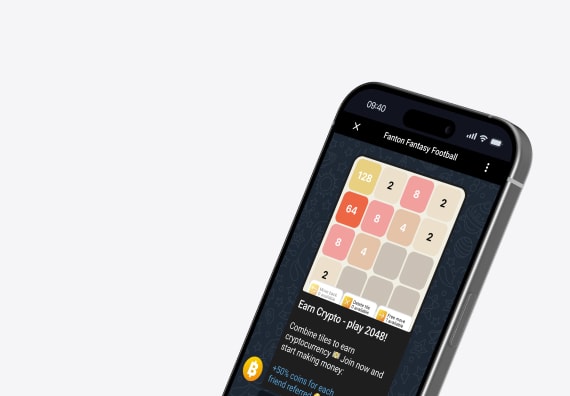Introduction
Welcome to the future of play—Web3 gaming. This isn’t just hype; it’s a true shift in how games are built, owned, and experienced. In the Web3 gaming industry, players aren’t just participants—they’re stakeholders. Your hard-earned gaming assets and in-game currencies are actually stored on the blockchain, making them immutable and truly yours.
Forget traditional games that trap your progress. With smart contracts, wallet integration, and cryptocurrencies, you can own, trade, or even earn real value from your items. Want to sell that legendary sword? Or bring it into a different game? It’s possible. That’s the power of Web3.
The Web3 gaming market is expanding fast, with major gaming companies and gaming DAOs leading innovation. From gaming guilds that train and fund players to every new type of gaming DAO, collaboration and decentralized ownership are changing the game.
As we move deeper into 2025, the market size of Web3 gaming continues to explode—drawing millions of users and billions in capital. The future of digital entertainment is being rewritten, and it’s just getting started. Telegram Mini Apps can be a powerful tool for onboarding and engaging Web3 game users.
Section 1: Understanding the Basics of Web3
At its core, Web3 is about decentralization, transparency, and putting the power back in the hands of users. Powered by blockchain technology, it’s a step away from the monopolistic grip of big corporations.
Instead of centralized servers storing your data, Web3 shifts control to individual users. Your data, your rules. It’s all thanks to smart contracts—self-executing programs on the blockchain—that automate processes without a middleman.
For gamers, this means no more “pay-to-play” dominance. Instead, it’s “play to earn” where your time and skills translate into real rewards. Web3 games offer unprecedented opportunities for player empowerment, transforming the entire gaming landscape. Web3 gaming offers players multiple opportunities to earn through various in-game activities and asset ownership.
Section 2: Key Features of Web3 Games
Let’s dive into the key features of Web3 gaming that make these experiences so groundbreaking:
Complete Asset Ownership
Think about the countless hours spent grinding for that rare in-game item, only to find it locked in one title. With Web3, you genuinely own your digital assets as NFTs (non-fungible tokens). These in-game assets become genuine property that you can manage independently. True ownership means that players have complete control over their digital possessions, unlike traditional gaming models. Want to sell that legendary sword? Go ahead. Trade it, rent it, or keep it—the choice is yours.
The token economy underlying these systems ensures that every digital item has verifiable ownership and scarcity, making them valuable both within and outside the game environment. Each NFT represents a unique piece of digital property with provable authenticity. NFTs have revolutionized how we think about digital ownership in gaming.
Interoperability and Cross-Game Assets
Ever wished you could take your hard-earned loot from one game and use it in another? Web3 gaming makes this possible by creating shared economies across multiple games. Your inventory becomes a universal toolkit, ready to enhance your gaming experience across different games and platforms.
This cross-compatibility extends to various games across different genres and platforms, creating a truly interconnected digital universe where each token serves as a bridge between different gaming ecosystems.
Play-to-Earn (P2E) Model
Forget grinding for nothing—Web3 gaming lets you earn rewards while you play. Play-to-earn games like Axie Infinity have already changed lives, allowing players to generate income just by playing. It’s gaming with benefits, where each game asset has real-world value.
The integration of crypto currencies and blockchain rewards means that players earn tangible value for their time investment, creating sustainable gaming economies.
Decentralized Governance
Tired of developers calling all the shots? Decentralized games hand the reins to players through DAOs (Decentralized Autonomous Organizations). Vote on updates, rules, and even the future of the game. It’s like being part of a virtual democracy.
Transparency and Fairness
Blockchain ensures everything is out in the open—no hidden algorithms, no shady loot boxes. The result? A fair and trustworthy gaming environment where players know exactly what they’re getting.
Section 3: Popular Web3 Game Genres
Here are the genres leading Web3 innovation, representing some of the best Web3 experiences available:
MMORPGs: Massive open worlds where you own and trade everything you earn. Collectible Games: Games like Gods Unchained let you trade cards as NFTs. Simulation Games: Build and monetize your dream virtual world. Card Games: Combine strategy and ownership for high-stakes gameplay.
The trading card game genre has particularly thrived in Web3, with blockchain games offering genuine ownership of digital cards. These represent some of the most engaging Web3 experiences available, and many are considered among the best blockchain games available today.
| Genre | Example Games | Key Feature |
| MMORPGs | Illuvium | Open-world exploration and trading |
| Collectible Games | Gods Unchained | NFT-based trading cards |
| Simulation | The Sandbox | Build and monetize virtual lands |
| Card Games | Splinterlands | Strategic battles with real stakes |
Section 4: Real-World Examples and Case Studies
To better understand the power of Web3 games, let’s look at some top Web3 games:
Axie Infinity: A pioneer in the play-to-earn space, this blockchain-based game allows players to collect, breed, and battle creatures called Axies. Players in regions like Southeast Asia have turned Axie into a livelihood, showcasing how Web3 gaming can transcend entertainment and become an economic driver.
The Sandbox: Blurring the line between gaming and creation, The Sandbox empowers players to buy, build, and monetize virtual real estate. It’s an excellent example of how Web3 encourages creativity and entrepreneurship.
Gala Games: A leading platform in the Web3 gaming space, Gala Games has pioneered innovative approaches to player ownership and governance. Their ecosystem demonstrates how a Web3 gaming platform can create sustainable economies while maintaining high-quality gameplay experiences.
These NFT game examples highlight the transformative potential of blockchain gaming ecosystems, where many Web3 games are creating new economic opportunities for players worldwide. Traditional games often limit player ownership, but Web3 titles break these barriers completely.
Section 5: Broader Industry Context
The rise of Web3 games is forcing traditional gaming studios to take notice. Major publishers like Ubisoft and EA have started exploring blockchain applications in their games, signaling a shift in the gaming industry. Even industry giants like Epic Games are exploring blockchain integration possibilities, though they’ve maintained a cautious approach to the technology.
Game developers are increasingly recognizing the potential of token-based economies. Web3 game developers are pioneering new approaches to game design that prioritize player ownership and economic participation. Meanwhile, established Web3 game studios are setting new standards for what blockchain gaming can achieve.
The emergence of specialized Web3 game development companies has accelerated innovation in this space, bringing professional expertise to blockchain gaming projects. These companies focus on Web3 game design principles that prioritize user experience while leveraging blockchain benefits.
Some studios embrace the innovation, while others remain cautious due to concerns about scalability, accessibility, and public perception. The gaming market is experiencing a fundamental transformation as Web3 technologies mature.
This growing interest underscores how Web3 is influencing the broader gaming landscape, even among skeptics. Forward-thinking Web3 developer teams are pushing the boundaries of what’s possible in interactive entertainment. The demand for specialized Web3 game development services continues to grow as more companies recognize the potential of blockchain integration.
Section 6: The Future of Web3 Gaming
We’re just scratching the surface of what Web3 gaming can do. Web3 gaming in 2025 promises to bring more accessible experiences, enhanced integration with AR/VR, and comprehensive Metaverse environments. As technology evolves, expect more accessible experiences with new possibilities, integration with AR/VR, and even Metaverse experiences.
The Web3 games of 2025 will likely feature revolutionary gameplay mechanics, seamless blockchain integration, and unprecedented player empowerment. Imagine diving into a virtual economy where your efforts truly matter, from immersive storylines to real-world rewards. The landscape of Web3 gaming in 2025 will likely feature improved scalability, better user interfaces, and seamless onboarding processes that make blockchain gaming accessible to mainstream audiences.
For those looking to get started with Web3 games, the barrier to entry is becoming lower each day. Whether you want to get started with Web3 as a player or developer, 2025 promises to be a pivotal year for the industry.
“The future of gaming is not just playing, but living, creating, and earning in a digital ecosystem.”
Conclusion
Web3 games are flipping the script on traditional gaming. By giving players complete ownership, earning potential, and fair systems, they’re more than just a new trend—they’re a revolution. Whether you’re a casual gamer or a die-hard enthusiast, Web3 gaming has something to offer.
So, are you ready to level up and join the future of gaming? The Web3 revolution is here, and it’s transforming how we play, create, and earn in digital worlds.


